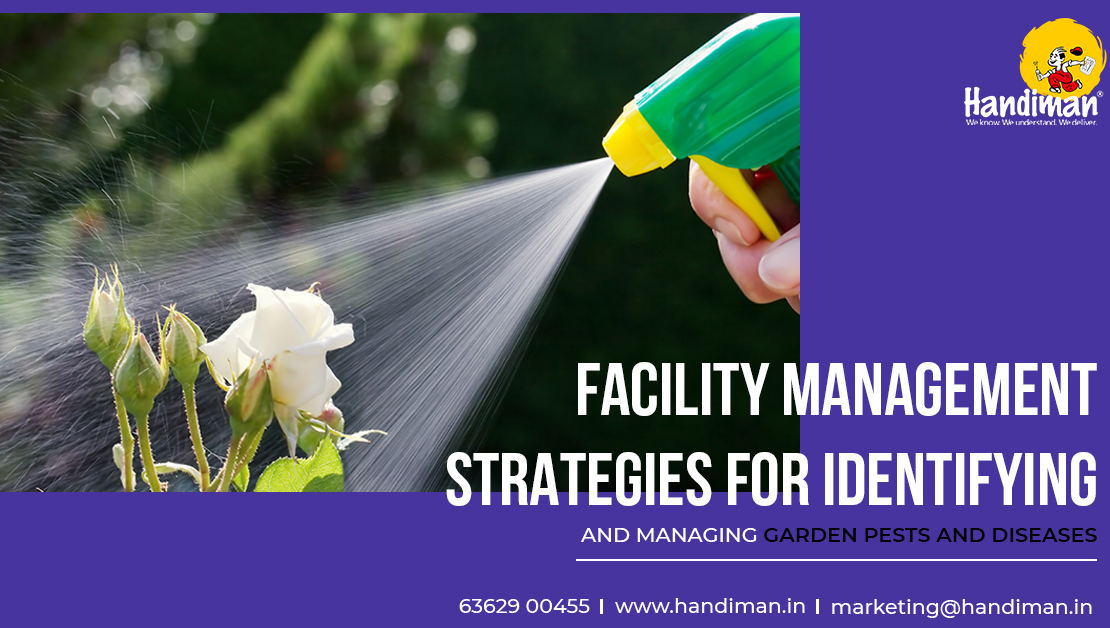
Facility Management Strategies for Identifying and Managing Garden Pests and Diseases
Effective facility management strategies for identifying and managing garden pests and diseases involve a proactive approach to maintaining the health and beauty of the landscape.
Here are key steps to consider:
- Regular Inspection: Conduct frequent visual inspections of the garden to identify signs of pests or diseases. Look for wilting leaves, discolored spots, chewed foliage, or unusual growth patterns.
- Pest Identification: Accurately identify the pests or diseases affecting the garden. This step is crucial to determine the appropriate treatment or control measures.
- Biological Control: To help control pest populations, and introduce natural predators or advantageous insects. This can include ladybugs for aphid control or nematodes for soil-borne pests.
- Chemical Control: Use pesticides as a last resort and only when necessary. Select environmentally friendly, targeted products and apply them according to label instructions.
- Monitoring and Documentation: Keep track of the occurrences of pests and diseases, the treatments used, and the results. This data will help refine your management strategies over time.
- Education and Training: Equip facility management staff with knowledge about common garden pests and diseases and the best practices for their control.
- Early Intervention: Act promptly upon detecting a problem to prevent its escalation and minimize damage to the garden.
- Sustainability: Strive for sustainable, eco-friendly solutions that align with the facility's environmental goals and reduce long-term maintenance costs.
By implementing these strategies, facility managers can effectively identify and manage garden pests and diseases while maintaining a healthy and visually appealing outdoor environment.